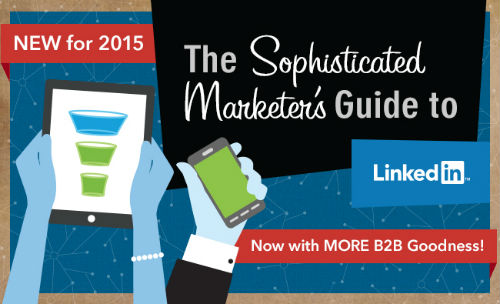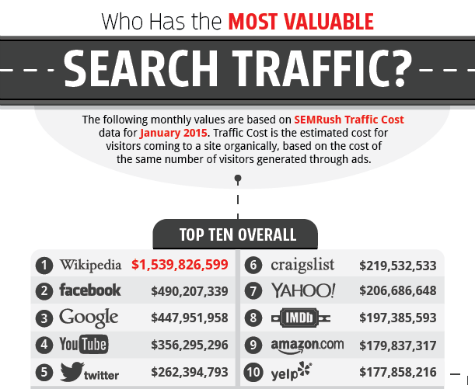Content is the reason search began in the first place.
In the days before Google, directories, lists and forums were the way to discover new content on the fast-growing world wide web.
During those early days, the web was as much about the experience of discovery, aka “surfing”, as it was about finding specific answers.
Answers to what? Many marketers would have you believe the only content that exists is the information created in support of buyers to discover, consume and transact.
But there’s far more to the web than demand generation and advertising. Content is created by companies to serve a variety of business functions from customer service to corporate social responsibility to talent acquisition.
The irony is that much of that content is created without consideration of specific audience needs, preferences and measurable outcomes.
Why should you care? Outside of the fact that designing content with specific audiences, experiences and measurable outcomes in mind helps make it more effective, consumers of digital content have evolved. Their expectations of brand communications have moved beyond single channels of information discovery and consumption. So in order for modern marketers and communicators to effectively connect with the audiences they intend to reach, content and media can and should be optimized for discovery, engagement and action.
An optimized approach to all corporate content creation is as relevant to corporate communications, PR and customer service as it is to marketing.
How so you ask?
Imagine news content optimized for search where journalists are the the target audience vs. buyers of your services. If you could achieve an increase in unsolicited media pickups by making company content for the media and easy for journalists to find, then you could improve the ROI on media relations efforts or even offset some of your PR expenses.
Or what about job listings created from the perspective of candidates and how they look for opportunities vs. the templates most often used by corporate HR departments? Properly optimized for search and social networks, those job listings created from the “buyer” aka candidate perspective could improve recruiting ROI and possibly offset costs for recruiters.
Empathy with your target audience in terms of content discovery, consumption and action is relevant to all types of digital communications for any purpose. With measurable goals and specific audiences in mind, content can be held accountable for attracting that intended audience, engage them in a meaningful way and provide actions to take that are measurable.
So instead of creating content for job listings, FAQ and customer support, PR and company news content simply for the sake of publishing to an audience that is already on your website or aware of your brand, talk to your marketing resources about how to identify specific target audiences.
Make an effort to find out what formats, topics and measurable actions could be applied to content planning. Also consider how that content will be discovered and employ SEO, social media promotion and even targeted advertising to attract relevant “buyers” of your information.
When content marketing best practices are applied to all corporate content (in a relevant way) then the effectiveness of brand digital communications increases, customer experiences improve (candidates, investors, journalists, current customers) and content strategists can draw from the measurement data to further optimize their effectiveness.
The icing on the cake? The more corporate communications is optimized for discovery, consumption and action, the more assets there are for marketing to benefit from – everybody wins!
Identifying specific goals for corporate digital communications is what Chapter 4 is all about inOptimize: How to Attract and Engage More Customers by Integrating SEO, Social Media and Content Marketing. Applying that chapter alone is worth picking up the book.






